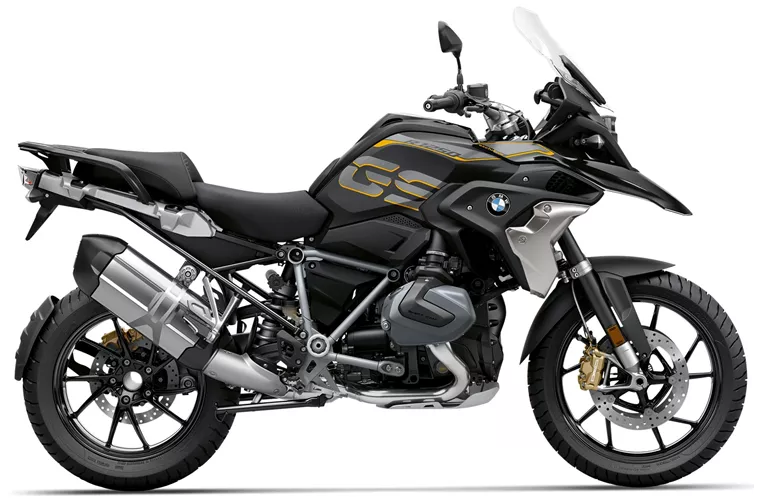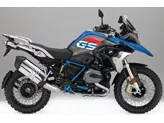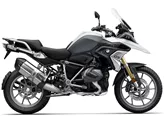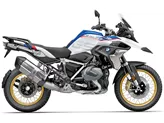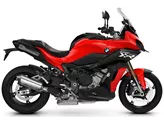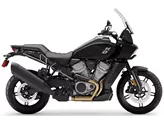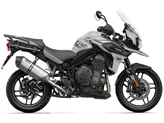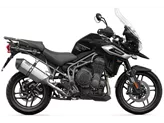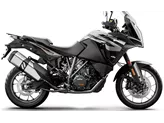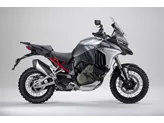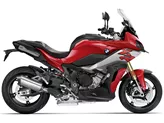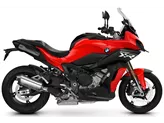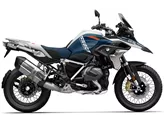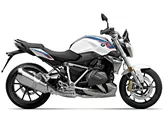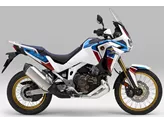BMW S 1000 XR 2015 vs. BMW R 1250 GS 2019
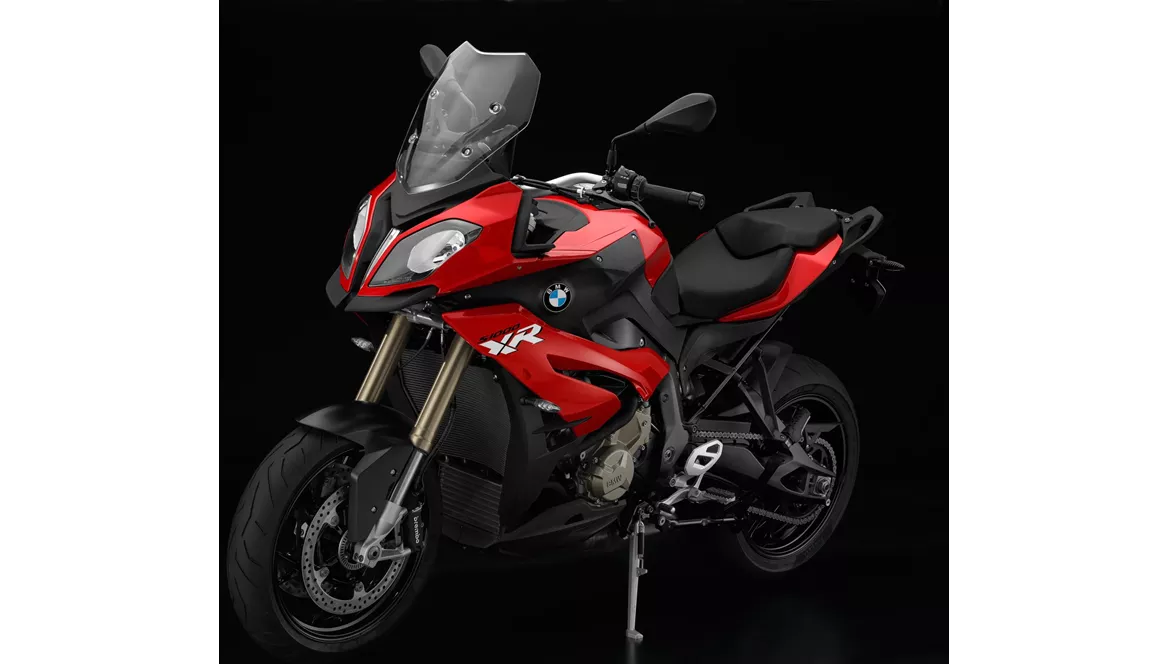
BMW S 1000 XR 2015
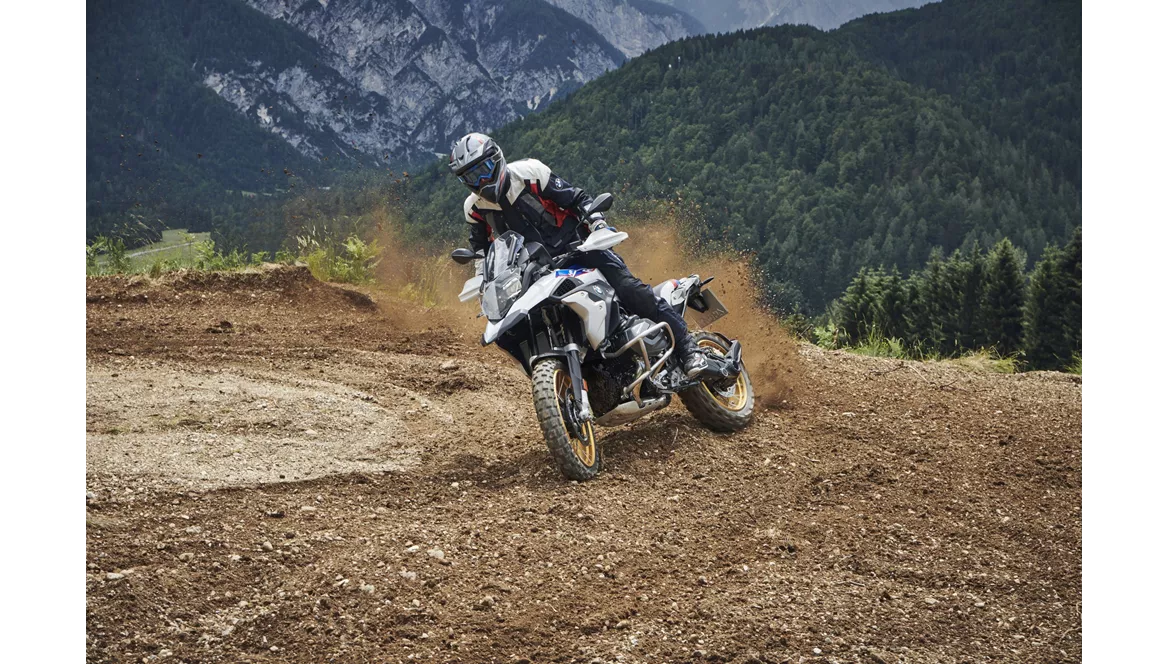
BMW R 1250 GS 2019
Vue d’ensemble - BMW S 1000 XR 2015 vs BMW R 1250 GS 2019
The BMW S 1000 XR 2015 and the BMW R 1250 GS 2019 are both impressive motorcycles with their own unique features and strengths.
Starting with the BMW S 1000 XR 2015, it boasts a powerful in-line engine with a displacement of 999cc. With 160 HP of engine power and 112 Nm of torque, this sport touring motorcycle offers a thrilling and exhilarating ride. The bike is equipped with a chain transmission and features a 4-stroke, 4-cylinder engine. The aluminium frame and twin tube frame type provide stability and durability. The front suspension consists of a telescopic fork with compression and rebound adjustment, while the rear suspension is a swing arm with compression and rebound adjustment. The double disk front brakes with radial technology ensure reliable stopping power. The S 1000 XR comes with advanced rider assistance systems such as ABS and traction control. The dimensions and weights include a front tyre width of 120 mm, a front tyre diameter of 17 inches, a rear tyre width of 190 mm, a rear tyre diameter of 17 inches, a wheelbase of 1548 mm, a seat height of 840 mm, a kerb weight of 228 kg (with ABS), and a fuel tank capacity of 20 liters.
On the other hand, the BMW R 1250 GS 2019 is an enduro motorcycle that features a boxer engine with a displacement of 1254cc. With 136 HP of engine power and 143 Nm of torque, this bike offers a high-torque riding experience. The transmission is a prop shaft, and the engine has 2 cylinders and a 4-stroke configuration. The front suspension consists of a telelever with preload adjustment, and the rear suspension is a single swing arm with preload and rebound adjustment. The steel frame, which is load-bearing, provides strength and stability. The double disk front brakes with radial technology ensure reliable braking performance. The R 1250 GS comes with advanced rider assistance systems such as ABS, anti-slipping control, riding modes, and ride by wire. The dimensions and weights include a front tyre width of 120 mm, a front tyre diameter of 19 inches, a rear tyre width of 170 mm, a rear tyre diameter of 17 inches, a wheelbase of 1525 mm, a seat height of 850 mm, a kerb weight of 249 kg (with ABS), and a fuel tank capacity of 20 liters.
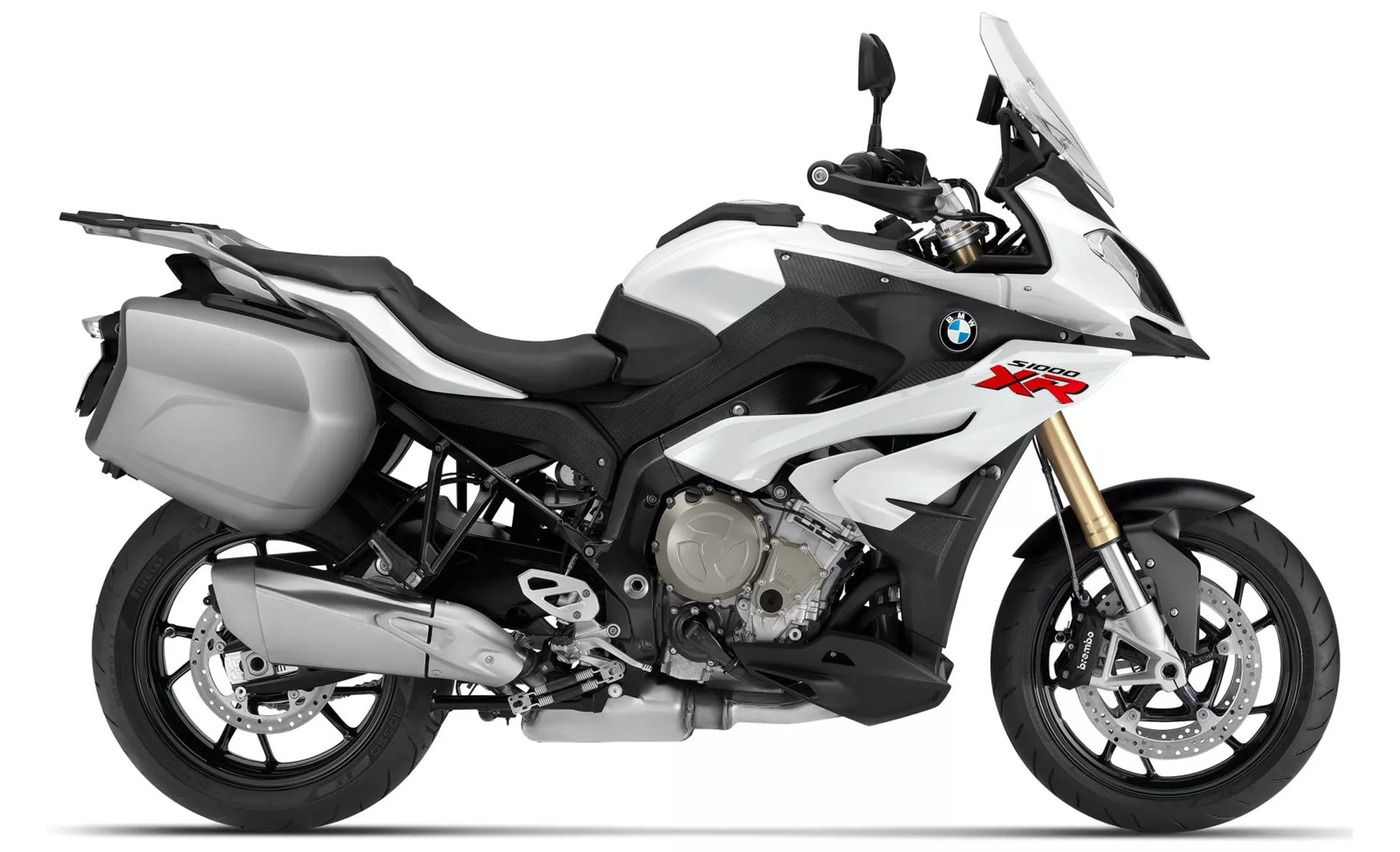
BMW S 1000 XR 2015
In terms of strengths, the BMW S 1000 XR 2015 impresses with its sharp engine, cool design, and high-quality workmanship. It offers stable road holding and comes with ABS and ASC as standard. The comfortable seat and successful ergonomics make it suitable for tall riders.
On the other hand, the BMW R 1250 GS 2019 excels with its extremely high-torque boxer engine and good sound. The comfortable seating position is ideal for long distances, and the bike offers stable braking performance. It also comes with good weather protection, a colour TFT display as standard, and LED headlights.
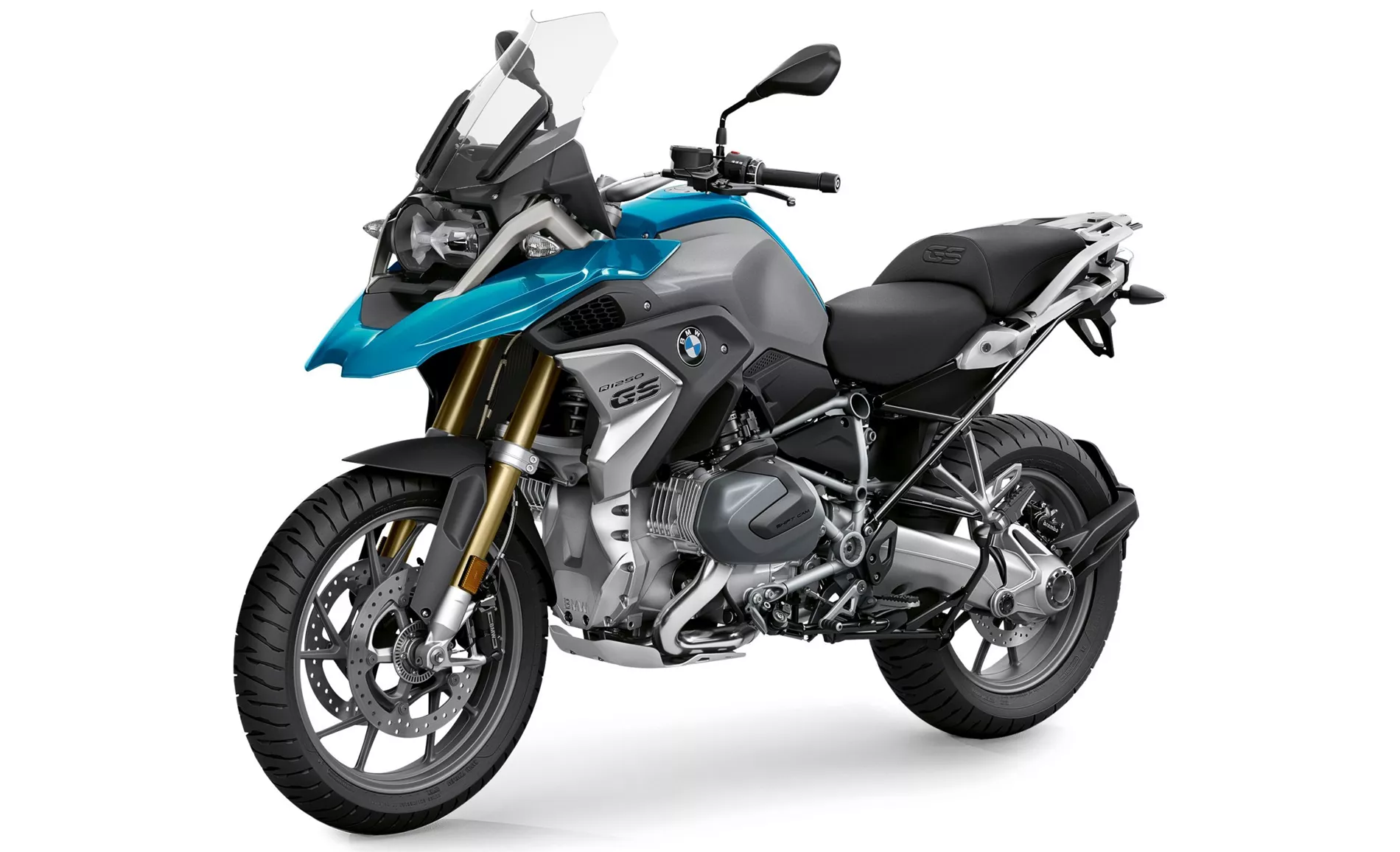
BMW R 1250 GS 2019
However, both motorcycles have their weaknesses. The BMW S 1000 XR 2015 experiences vibrations in the mid rev range and could have better wind protection. Additionally, some riders may find the exhaust sound to be screeching.
On the other hand, the BMW R 1250 GS 2019 has manageable standard equipment and a long surcharge list. Some may find its appearance to be jagged with little elegance.
In conclusion, both the BMW S 1000 XR 2015 and the BMW R 1250 GS 2019 offer impressive features and strengths. The S 1000 XR excels in terms of its powerful engine and sport touring capabilities, while the R 1250 GS stands out with its high-torque boxer engine and comfortable enduro riding experience. Ultimately, the choice between the two will depend on the rider's preferences and intended use.
Caractéristiques techniques BMW S 1000 XR 2015 par rapport à BMW R 1250 GS 2019
Avantages et inconvénients en comparaison
Avantages et inconvénients en comparaison
BMW S 1000 XR 2015

La BMW S 1000 XR fait très bien son travail de moto de tourisme sportive. 160 ch et 228 kilos en ordre de marche laissent déjà présager une performance de conduite agile, mais en selle, c'est encore mieux. En effet, tout comme la S 1000 R, la XR ne peut nier sa parenté avec la superbike S 1000 R. A cela s'ajoute une position de conduite parfaitement confortable et un guidon large qui fait du passage des virages en épingle un plaisir. L'électronique inspire une confiance illimitée et les freins s'enclenchent à la demande comme sur une supersports. Seuls le bruit criard de l'échappement du quatre cylindres et les vibrations à mi-régime ne conviennent pas vraiment à une moto de tourisme. Pour le reste, la S 1000 XR est tout à fait convaincante.
BMW R 1250 GS 2019

La BMW R 1250 GS est l'évolution logique de la R 1200 GS - logique surtout parce qu'on ne peut pas s'attendre à ce qu'une moto aussi populaire soit radicalement modifiée. En conséquence, le design est modifié avec précaution et les options connues sont conservées pour le châssis et l'électronique. Le nouveau nom R 1250 GS promet cependant un nouveau moteur - et il a effectivement de quoi faire ! 136 ch à 7750 tours et pas moins de 143 newtons-mètres de couple maximal à 6250 tours, c'est une véritable bombe ! BMW rénove ainsi presque parfaitement la grande GS : elle reste clairement identifiable, dispose d'un peu plus d'électronique de série, d'une liste de prix supplémentaires toujours aussi longue (que la clientèle aime cocher de A à Z) et d'un moteur encore plus performant et souverain - que peut-on demander de plus ?
Comparaison des prix Prix moyen du marché BMW S 1000 XR vs BMW R 1250 GS
There are a few key differences between a BMW S 1000 XR 2015 and a BMW R 1250 GS 2019. In terms of price, the actual average price of a BMW R 1250 GS 2019 is about 42% higher. A BMW S 1000 XR 2015 experiences a loss of 1,150 USD in one year and 1,560 USD in two years of ownership. This is offset by a loss of 960 USD and 910 USD for a BMW R 1250 GS 2019. Compared to BMW R 1250 GS 2019 there are less BMW S 1000 XR 2015 bikes available on the 1000PS.de Marketplace, specifically 16 compared to 104. It takes less time to sell a BMW R 1250 GS with 46 days compared to 93 days for the BMW S 1000 XR. Since model year 2015 1000PS.de editors have written 40 reviews for the BMW S 1000 XR and 50 reviews for the BMW R 1250 GS since model year 2019. The first review for the BMW S 1000 XR was published on 10/21/2014 and now has more than 16,000 views. This compares to more than 305,600 views for the first review on BMW R 1250 GS published on 9/19/2018.

